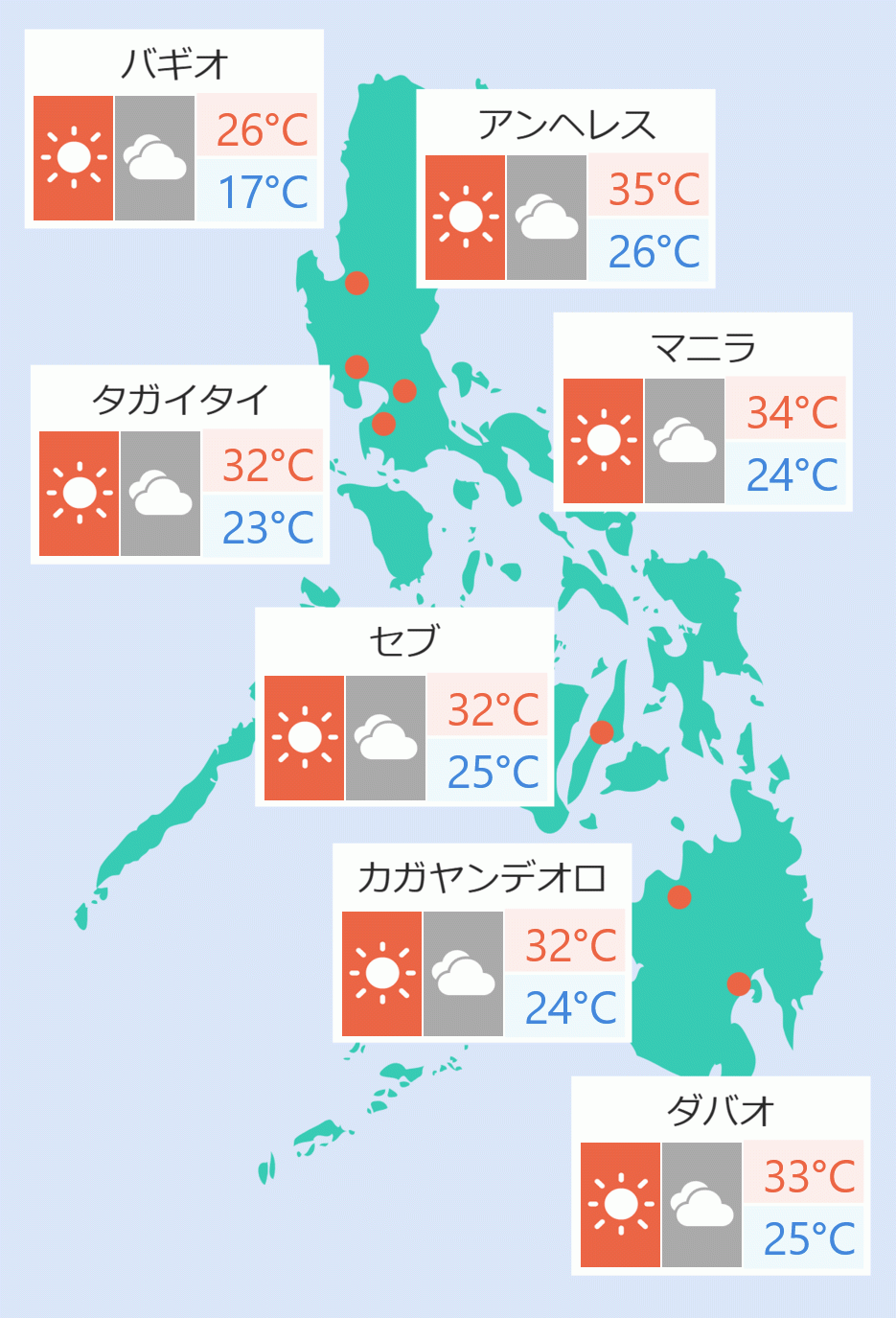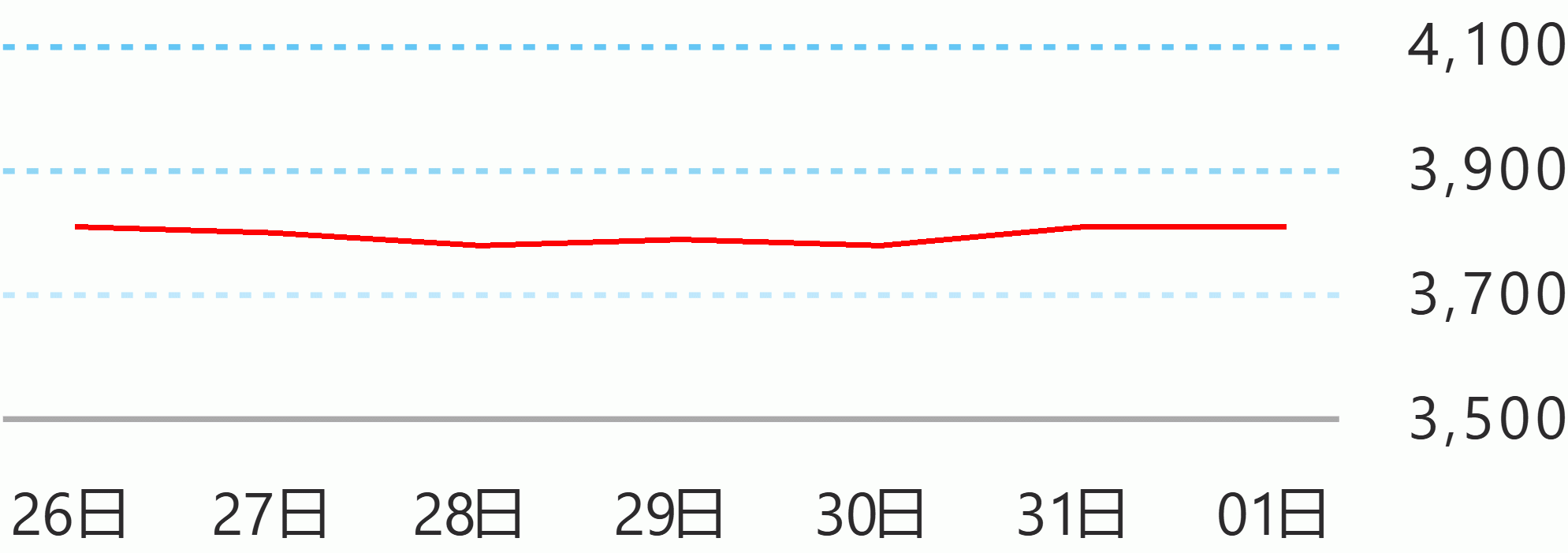The Armed Forces of the Philippines (AFP) determined three factors that caused the C-130 military plane crash in Sulu on July 4, where 50 soldiers and three civilians died and 50 others injured.
"Material, human and environmental factors were determined by the Philippine Air Force Aircraft Accident Investigation Board as cause of the ill-fated C-130 crash in Sulu," Col. Ramon Zagala, AFP spokesman, said on Thursday.
Zagala said "based on the investigating team’s report, no single factor can be attributed to have exclusively caused the accident."
"It was most probably due to actual or perceived material factors, and induced human factors which were aggravated by local and environment conditions," he said.
"The aircraft component, the environmental condition and aircrew response led to unrecoverable stall in a critical phase of the aircraft operation," he added.
The Lockheed C-130 Hercules plane crash in Sulu is considered as the deadliest aviation incident in the Philippine military.
Zagala said "a confluence of events also triggered the crash of the S-70i Black Hawk helicopter in Tarlac" last June 23.
"Investigators found out that the chopper inadvertently entered a thunderstorm and was compounded by spatial disorientation or vertigo by the pilot, as the cause of the accident," he said.
Zagala said based on international practice on handling crashed aircraft, the goal of the investigation was "to determine the cause of the accident rather than apportion blame".
"This will help us avoid similar events in the future by implementing additional safety initiatives, strengthening protocols and procedures, as well as instituting training interventions for our aircrew and personnel," he said.
"This shall put further protection to our assets, especially our members who continue to risk their lives to protect our people and the country," he added. Robina Asido/DMS





 English
English










